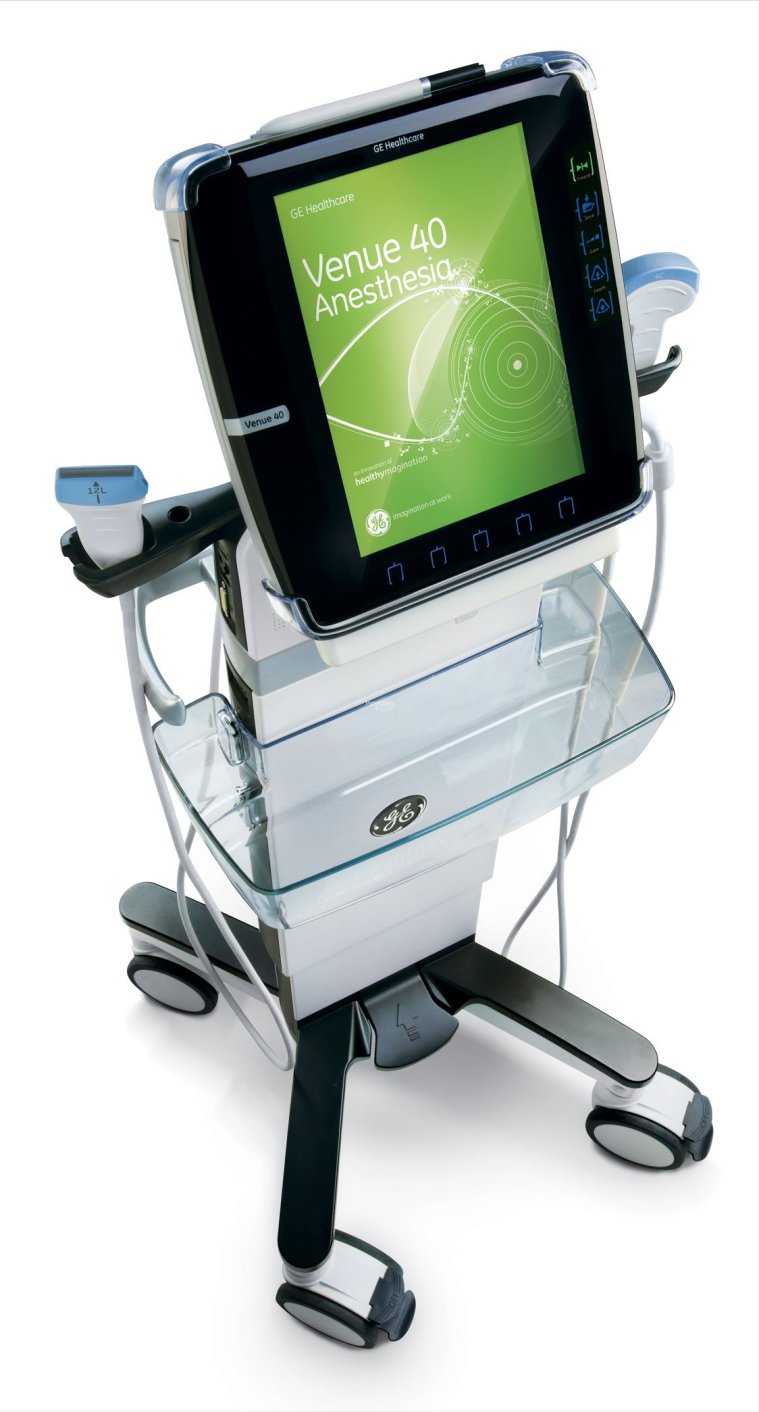Home » Diagnostic Musculoskeletal Ultrasound
Musculoskeletal Diagnostic Ultrasound
Dr. Bross was part of one of the first groups of chiropractors trained in Ultrasound Musculoskeletal for Dry Needling in the nation. This diagnostic tool is cutting edge for the assessment of soft tissue injuries.
Whether it’s rotator cuff tears, carpal tunnel assessment without the need for needles, meniscal tears, or other soft tissue assessments, musculoskeletal ultrasound machine leads the way as the choice tool to assess musculoskeletal pathologies.
The technology is also unmatched for perfect placement of Dry Needles, as the doctor (and patient) can see the needle(s) going into the targeted tissue.

The Difference in Musculoskeletal Diagnostic Ultrasound Imaging
What makes ultrasound musculoskeletal unique is its ability to evaluate a patient in real-time. Unlike an x-ray or MRI where you are stationary while being evaluated, diagnostic ultrasound allows for movement. This means you can see your tissues move. This allows for incredible imaging of damaged or partially torn tissues, especially when the tissues are placed under load or are stretched.
Instead of examining still images to make a diagnosis, the team at Elite Chiropractic and Sport can watch your muscles, nerves, and more move in real-time to understand what is causing pain and under what duress the pain is triggered. This will allow everyone to have a more complete set of knowledge to proceed in creating an effective treatment plan.
What We Can Look for with a Musculoskeletal Ultrasound?
A consultation with a doctor at Elite Chiropractic and Sport will help determine what affliction you may be suffering from, and a Musculoskeletal Ultrasound can confirm the diagnosis while helping to build a treatment plan to alleviate the pain and discomfort.
Some of the most common conditions we can look for at Elite Chiropractic and Sport using a musculoskeletal diagnostic ultrasound include the following:

- Joint inflammation
- Rheumatoid arthritis and multiple other arthritis
- Rotator cuff tear
- Epicondylitis, inflammation of the elbow
- Polymyalgia rheumatica (PMR)
- Fluid build-up
- Pain management
- Hernias
- Muscle tears and injuries
- Ligament sprains or tears
- Tendon tears and injuries
- Tendinitis
- Achilles tendon
- Ankle sprains and similar injuries
- Carpal tunnel syndrome
- Splinters or foreign bodies stuck in soft tissue that may be causing the pain or discomfort
How does Musculoskeletal Ultrasound Work?
A Musculoskeletal Diagnostic Ultrasound is a non-invasive test, and has the benefit of not utilizing radiation, as x-rays do. Diagnostic Musculoskeletal Ultrasound utilizes high-frequency sound waves that are emitted from the probe that then bounce back, telling the computer how to form the image.
The use of a Ultrasound Musculoskeletal can produce images of joints, nerves, soft tissues, ligaments, muscles, tendons, organs, and blood vessels. Such a wide array of imaging captured by the test can allow your doctor to pinpoint where exactly the discomfort is emitting from and why.
What to Expect with a Diagnostic Musculoskeletal Ultrasound
If you are wondering if a musculoskeletal ultrasound is right for you, or if your doctor has already suggested one, you may be wondering what to expect the day of the test. Since the musculoskeletal ultrasound is non-invasive and simple to administer, not a lot of prep or planning is needed on your end.
Loose clothing is always helpful, as the probe of the ultrasound must be applied directly to the skin to work properly. It is best to remove any jewelry or bring a pouch to keep your items in during the exam. You may be asked to be seated or lie down during the Musculoskeletal Diagnostic Ultrasound, and some movement may be requested from you during the test to examine the injury with more detail.
A gel is used on the skin during the test, which is easily cleaned after the exam and does not stain clothing or the skin. There is minimal to no discomfort during the test, as the probe is gently pressed against the skin; discomfort may only occur if the area is tender or sore. The average time of a musculoskeletal ultrasound ranges from fifteen minutes to thirty minutes, although it is always important to factor in additional time to discuss the results with your doctor or to plan ahead if a more thorough exam is needed and the test takes a bit longer.
Musculoskeletal Diagnostic Ultrasound FAQs
A Musculoskeletal diagnostic ultrasound is an imaging technique that uses sound waves to create real-time images of muscles, tendons, ligaments, and joints, helping to diagnose injuries or conditions affecting these tissues.
During the ultrasound, a technician applies gel to the skin and moves a handheld device (transducer) over the area being examined. The procedure is painless and typically lasts 15-30 minutes.
